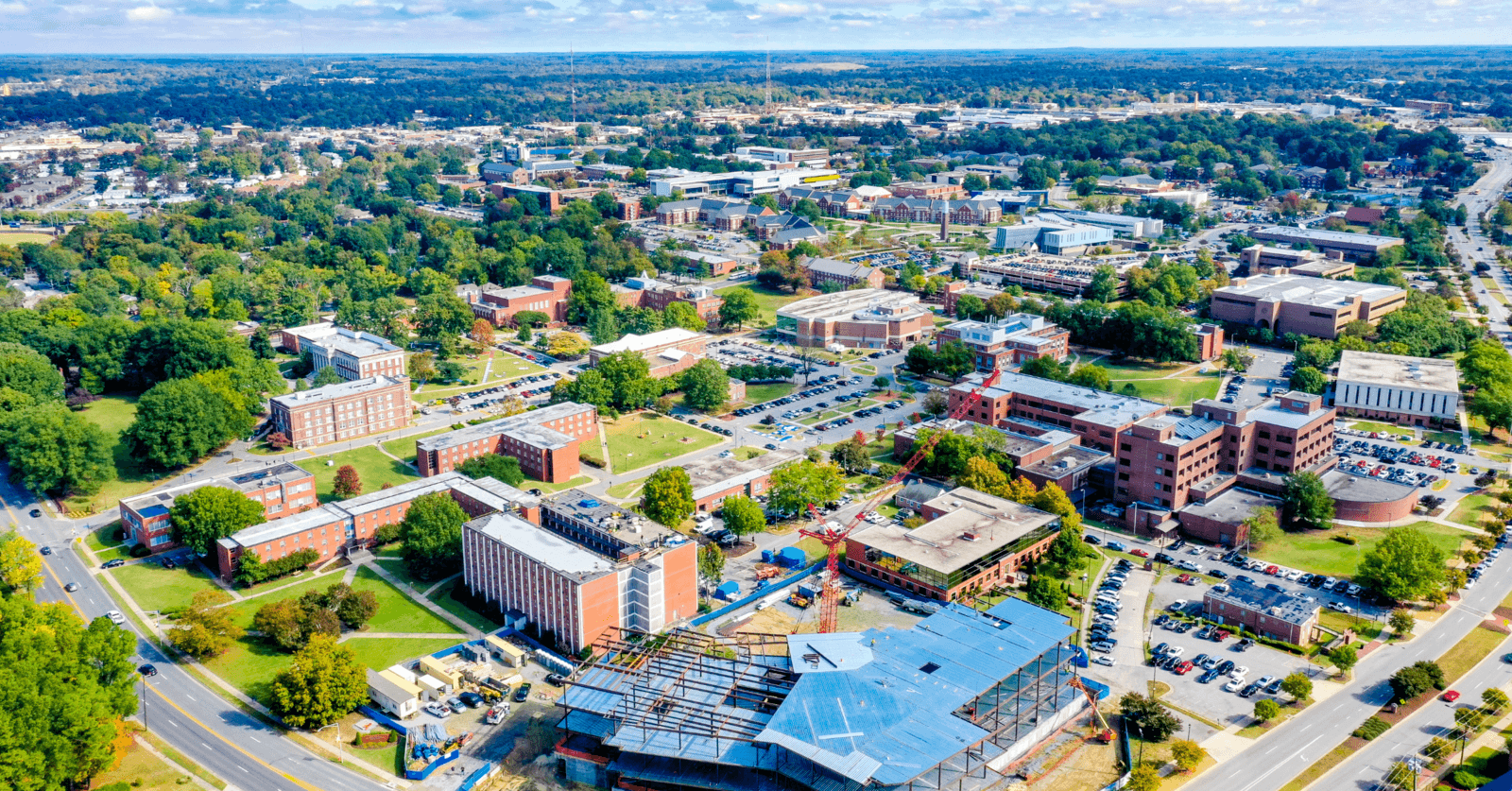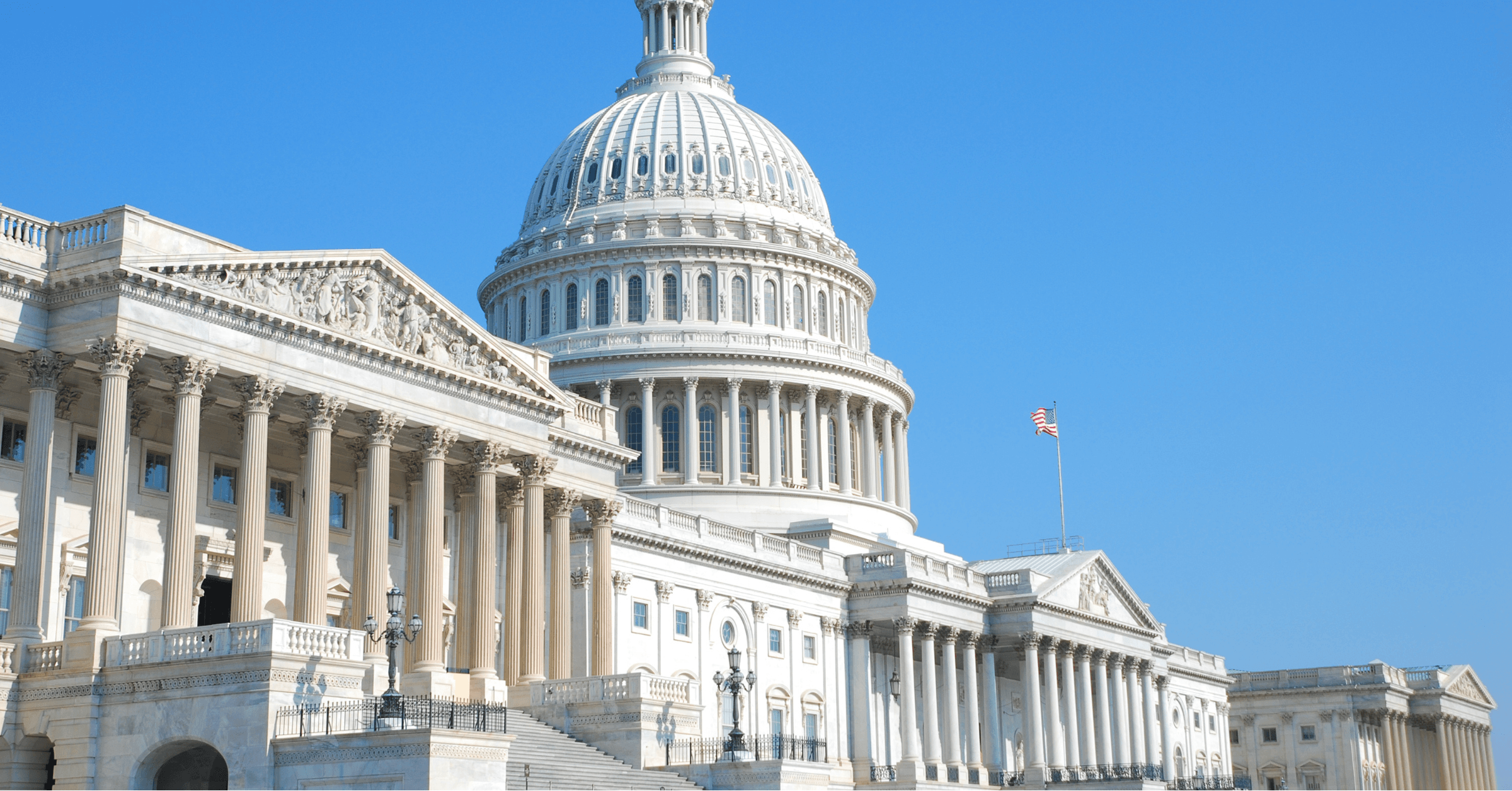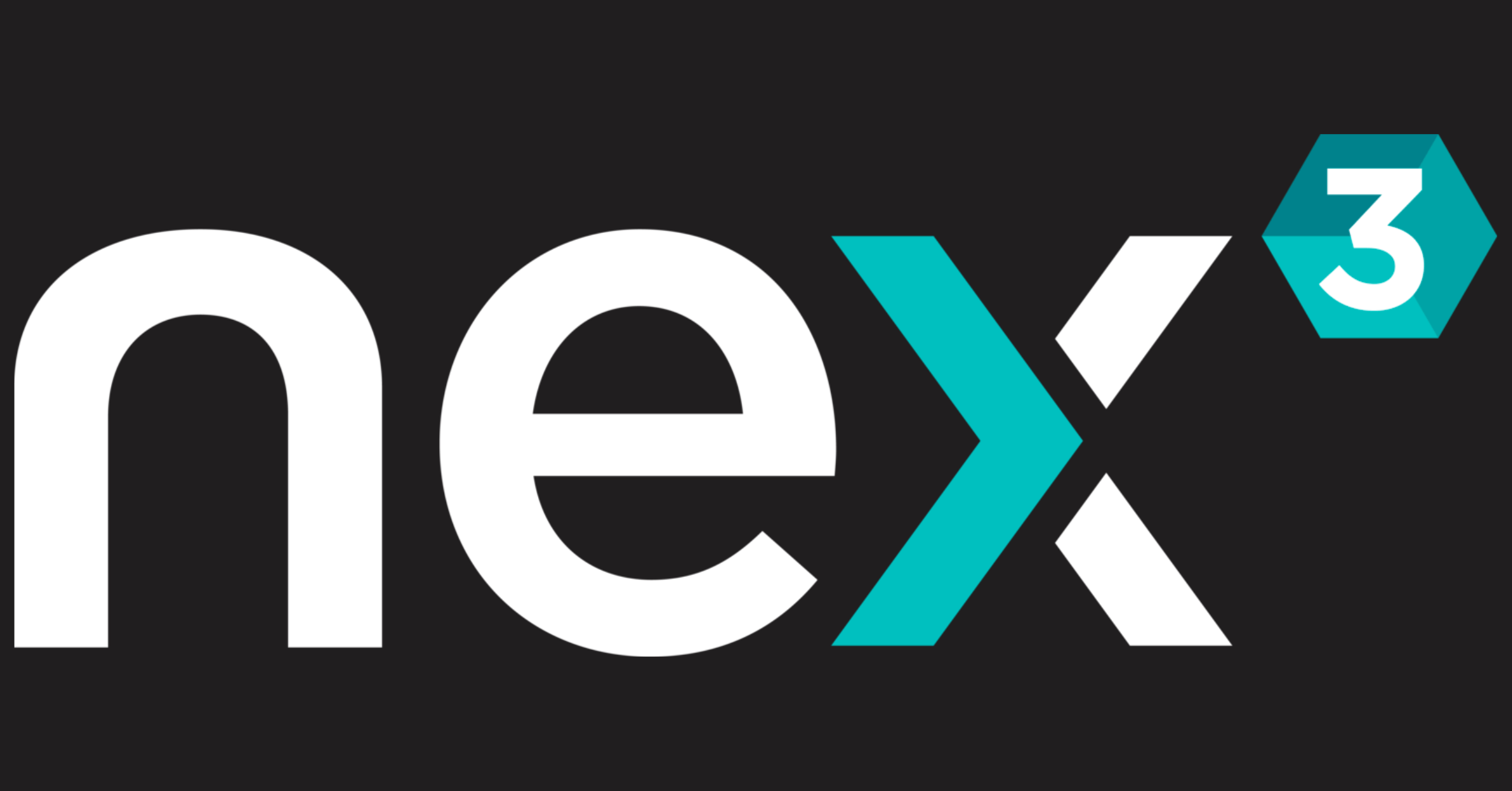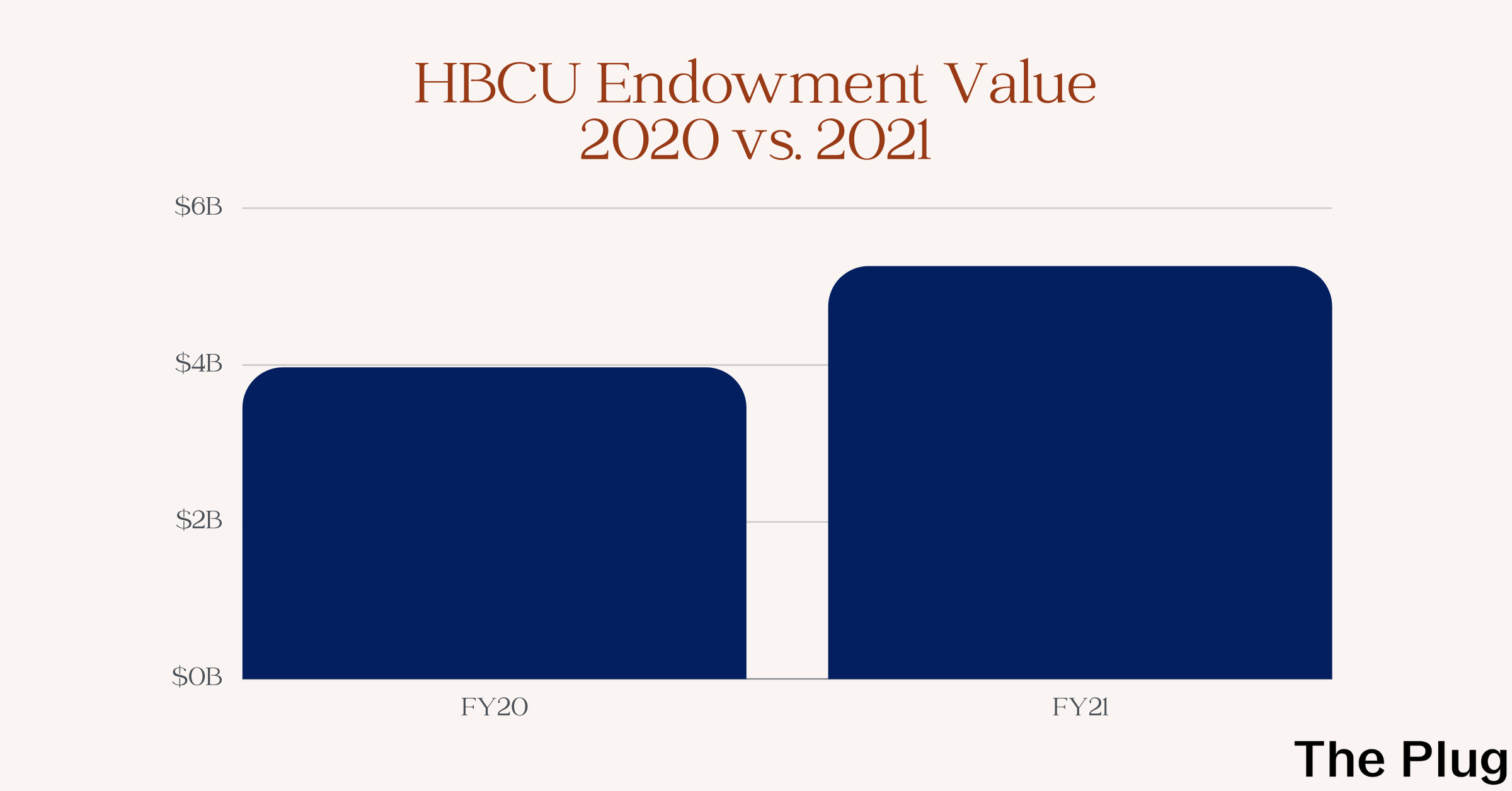KEY INSIGHTS:
- This year, nearly half of the formula that determines a college’s U.S. News ranking was based on selectivity, financials and reputation.
- These inputs can disadvantage HBCUs while the aspects that they excel in are not valued by U.S. News.
- Ultimately, U.S. News’ rankings take the nuance out of what a “best college” really looks like.
Today, colleges are sending out a flurry of press releases touting their ranking by U.S. News and World Report, one of the most influential rankings in higher education, which just released its 2022-2023 ranking list. But the lists are fundamentally flawed, especially given their outsized importance to a college’s reputation — and subsequently, its finances.
“The way that the U.S. News rankings are set up, it rewards privilege,” Walter Kimbrough, interim executive director of the Morehouse Black Men’s Research Institute and the former president of Dillard University, told The Plug. “ HBCUs don’t have privilege, so you’re not going to have a lot of HBCUs that are high in U.S. News rankings. It’s not set up for those institutions.”
The latest edition of the U.S. News Best Colleges features 23 rankings and lists. National universities are ranked separately from liberal arts colleges, and then the lists get specific by region, value, degree programs, debt load and more. HBCUs are ranked in the national universities and colleges lists but are also ranked just amongst each other.
Spelman College is listed as the No. 1 HBCU for the 16th year in a row on the HBCU-specific list. Howard University, Tuskegee University, Morehouse College and Xavier University of Louisiana round out the rest of the top five.
But amongst the top national universities, only Howard breaks the top 100 (tied for No. 89) and just Spelman is in the top 100 liberal arts colleges (tied for No. 51).
Rankings reward money and exclusivity
This year, nearly half — 47 percent — of the formula that determines a college’s U.S. News ranking was based on selectivity, financials and reputation, all things that can disadvantage HBCUs.
“The whole peer ranking is a joke because you’re telling people to rank something they know nothing about,” Kimbrough said. “I don’t know how somebody can do an authentic ranking of Dillard or Morehouse or any place if you haven’t been on the campus, talked to the faculty.”
The opinions of presidents, provosts and admissions deans of other institutions was worth 20 percent. The average spending per student on items like instruction, research and student services was 10 percent. Faculty compensation was seven percent, as was student selectivity, and alumni giving was three percent.
The impact of these inputs is evident in the output. As of 2021, the most recent financial data available, the top schools in this year’s U.S. News national universities ranking had individual endowments larger than all HBCUs’ combined:
1. Princeton University: $37.7 billion endowment
2. Massachusetts Institute of Technology: $27.4 billion endowment
3. Harvard University (tied): $53.2 billion endowment
3. Stanford University (tied): $37.8 billion endowment
3. Yale University (tied): $42.3 billion endowment
But HBCUs have been systematically underfunded, which has had compounding effects on their endowments and how much money they have available to spend on students.
Also, HBCUs accept students that many other institutions would not, meaning they do not score highly on student selectivity. This ethos of acceptance is baked into the history and mission of HBCUs, which were forced to exist because institutions like Harvard historically refused to educate Black Americans.
That does not mean they are inferior institutions.
“I want [Harvard, Yale] to go get a student from the Lower Ninth Ward in New Orleans, that’s gone to subpar elementary, middle and high schools, and you graduate them in four years,” Kimbrough said.
“If it’s about the institution and what the institution does, then they should be able to take that student and perform miracles, but they never do that. They have all the resources and they take the students who had all the privileges, and then they say, ‘Look at what we did,’” he explained.
For most of its existence, U.S. News did not include data on low-income students’ outcomes as a specific input for the rankings. But in 2019, the publication added social mobility as a factor, which credits schools for enrolling a high proportion of Pell Grant students and then graduating them at high rates close to those of non-Pell students. However, social mobility only accounts for just five percent of a college’s ranking.
HBCUs have long excelled at social mobility. Among college graduates, HBCU students are more likely to reach rungs of the economic ladder that are higher than their families. A 2018 study found that 9.4 percent of students at non-minority serving institutions who came from families in the bottom two income quintiles were able to move to the top two as adults. That share more than doubles for HBCU students, at 19.3 percent.
But these are not the realities that the rankings reward.
Rankings are money grabs
It is sometimes the case that lists and rankings put out by a media company are motivated by money and recognition. For U.S. News, the rankings have been tied to a publication they are trying to sell, effectively reduced to a marketing tool.
For $11.95, plus shipping and handling, readers can receive the physical guidebook with the college rankings. Additionally, U.S. News offers a tool, priced at $39.95, which provides expanded school profiles, personalized ranking based on a student’s individual criteria and, among other things, “special offers from U.S. News and our trusted partners and sponsors.”
From the college’s point of view, high rankings from U.S. News add to its reputation, which can lead to increased philanthropic donations and enrollment (and those students’ tuition dollars).
“Generally, people who put a lot of stakes in US news are from a different socio-economic class,” Kimbrough said. “Those are the people who are leading the foundations and your major philanthropies.”
Kimbrough believes the donation MacKenzie Scott made in December 2020 to Dillard was directly impacted by the school’s drop in that year’s U.S. News rankings, due to a clerical error on U.S. News’ part, he said. Out of the 17 HBCUs Scott gave to that month, Dillard received the second-lowest gift of all the schools — $5 million. She gave between $15 million to $50 million to nearly every other HBCU.
These potential advantages may incentivize schools to lie to preserve their top spot or to advance.
Last Friday, Columbia University, ranked second among all national universities last year, admitted to giving U.S. News incorrect data about class sizes and faculty with degrees like PhDs that favorably impacted its ranking, saying the school had “previously relied on outdated and/or incorrect methodologies.” U.S. News no longer ranks Columbia.
Alternative ways to rank schools
Despite these issues, U.S. News’ best colleges lists remain a popular fixture for high school students and parents because rankings are a seemingly useful shorthand for quality and fit. For a student that is making one of the most complex and influential decisions of their life, they may be looking for anything to simplify the decision.
“Whether we like it or not, [rankings] provide a signal of quality and value and it just depends what our definition of quality and value is,” Michael Itzkowitz, senior fellow at the center-left think tank Third Way and former director of the U.S. Department of Education College Scorecard, told The Plug. “The quality and value presented by a popular news publication was more focused on resources and exclusivity, rather than accessibility and outcomes.”
Itzkowitz saw an opportunity to better evaluate institutions and present it to the public, who are looking to make informed choices about which colleges will ultimately serve them well.
As an alternative, he created a ranking that aims to quantify how well a college is doing at lifting this generation up higher than the previous one. His Economic Mobility Index prioritizes how many low-income students a college serves and how well it serves them.
With Itzkowitz’s ranking of more than 1,300 schools, the top universities by U.S. News’ standards all tank. Princeton falls to No. 426, MIT to No. 489 and Harvard to No. 847.
But ultimately, there are certain benefits HBCUs provide that cannot be quantified in a ranking. Recent studies highlight how the schools have protective effects on students’ physical and mental well-being.
A study from researchers at Duke University and Florida State University found that HBCU students aren’t impacted by the stereotype threat, a phenomenon where members of a marginalized group are afraid of confirming negative stereotypes about their group.
Another study found that Black adults who went to an HBCU have a lower chance of developing the condition that increases the risk for heart disease, diabetes or stroke.
There are also other benefits for HBCU students. Preliminary findings from a nearly million-dollar research project conducted by professors at Howard University, Claflin University and Jackson State University also show Black students who go to an HBCU are more likely to graduate with a STEM degree than those who attend a non-HBCU.
Even amongst HBCUs, fit will vary. Spelman is a wonderful school, but though it is ranked as the top HBCU, it is not right for every student (and being an all-woman college, it is not accessible to every student).
What the right college choice boils down to is not ranking or reputation. It is a complex, highly individualized set of factors including price, location, program and how a student feels on campus. U.S. News’ rankings take the nuance out of what a “best college” really looks like.








